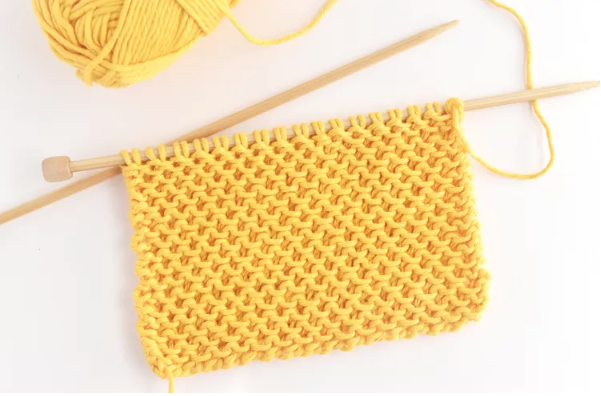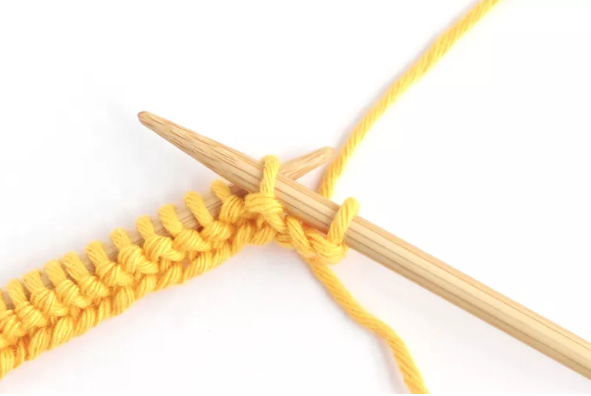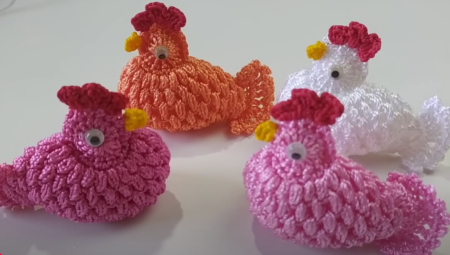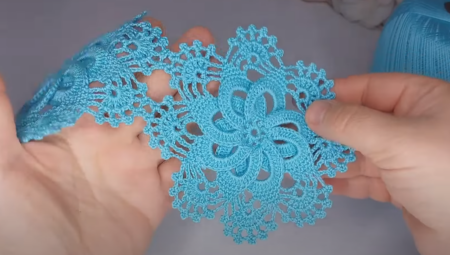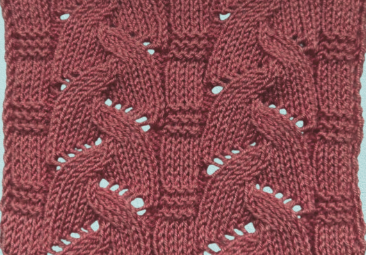Looking to introduce some dimension and a touch of sweetness to your knitting? Discover the honeycomb stitch! This straightforward stitch pattern blends knit and slipped stitches, resulting in a design that’s certainly friendly for bees!
This pattern is also referred to as loop stitch, but there’s another variety of loop stitch you can explore (which forms long loops of yarn), leading to some naming confusion. Moreover, the design here doesn’t appear particularly loopy. Instead, honeycomb stitch aptly captures the soft and delicate hexagonal texture achieved through slipping stitches.
The alternation of full knitting rows with rows of knit and slipped stitches creates a honeycomb effect on the front and a backside resembling a mix of garter stitch and seed stitch. Due to this characteristic, the fundamental version of the stitch pattern is most effective when knitted flat. When you prefer knitting in the round, you’ll need to modify the pattern and incorporate purl stitches on the even-numbered rows.
You can knit the honeycomb stitch pattern with any odd number of stitches, so cast on some stitches for a swatch and give this a whirl!


